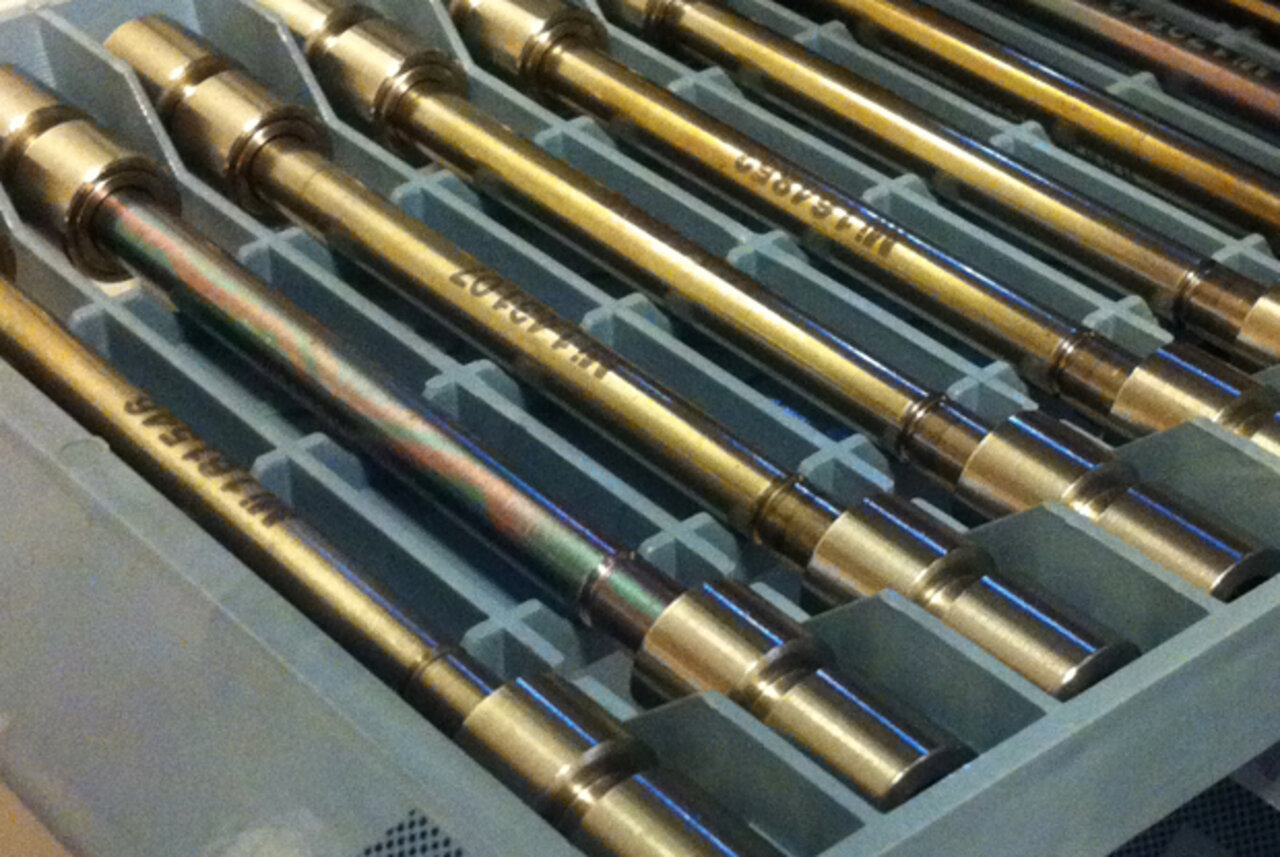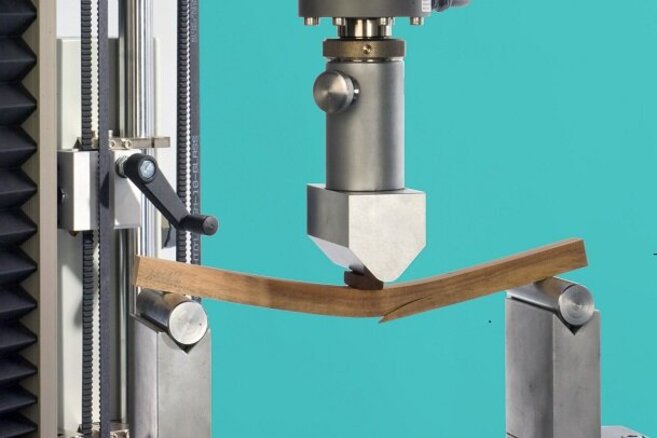Project
Rapid testing of VOC emission from wood products

Development of a rapid test method to measure VOC from wood-based products for early prediction of the long-term emission behavior and quality control during the production process
Rapid test methods for VOC emissions are required for quality control and material development . Standardized test methods first deliver test results after 28 days. Therefore this project will develop a rapid test method within this project.
Background and Objective
Wood and wood-based products contain naturally occurring VOC (Volatile Organic Compounds), which emit during the life of a product. In consideration of further application of the product, data is required on the emission performance of wood and its processed products.
Currently, determination of VOC emissions is controlled by the standards prEN 16516, or rather, ISO 16000ff. The measurements proceed over 28 days in a test chamber delivering indications for long-term characteristics of VOC.
This measuring process takes too much time for production control and material development. Developing a suitable testing method for a rapid and reliable measurement of the emission behavior of VOC within few hours is consequently the aim of the project.
Approach
- Development of a rapid test method
- Investigation based on: Thermoextraction, µ-Chamber, gas analysis in conjunction with SPME-GC-FAIMS as a new measurement system for detection of VOC
- Modification of process parameters and the reference value to determine the influence on measurement results
- Testing of different wood species/ wood based products
- Calculating correlations
- Aim: equal and correlating values to the standard test method
Our Research Questions
- How can a rapid test method be created?
- What is the influence of testing parameters on emission behavior?
- How can the inhomogeneity of wood be taken into consideration with regard to a suitable testing method?
- What is the effect of product structure on the examination?
- How can conclusions on the emission behavior of intermediate products to end products be drawn?
Results
Based on a combination of a micro-chamber (Markes) and a TD-GC-MS system as well as a combination of the gas analysis method and SPME-GC-FAIMS rapid test methods were developed to derive the long-term emissions of wood and wood-based. A correlation of the results from both methods was found. Due to the different emission profiles, the substance groups must be evaluated separately. For terpenes, high coefficients of determination of the correlations resulted from rapid test and reference measurements. On the other hand, secondary emissions (mainly aldehydes) showed little correlation between the two methods. The reason for this is the temporal offset of the measurement times. Since the secondary emissions are formed only by autoxidation, only low specific emission rates were determinable on fresh material during the time of the rapid test measurement. Just 28 days later at the time of the standard measurement, these are much higher, depending on the course of the autoxidation. Good correlations of secondary emissions can only be obtained by testing samples in which the autoxidation process has already been completed and the concentration maximum has been reached. Increasing the test temperature accelerates autoxidation, improving the relationships between rapid test method and reference measurement results.
Thünen-Contact

Involved external Thünen-Partners
-
Swiss Krono Group
(Heiligengrabe, Deutschland) -
Fagus-GreCon Greten GmbH & Co. KG
(Alfeld, Deutschland)
Funding Body
-
Federal Ministry of Agriculture, Food and Regional Identity (BMLEH)
(national, öffentlich)
Duration
7.2016 - 8.2018








